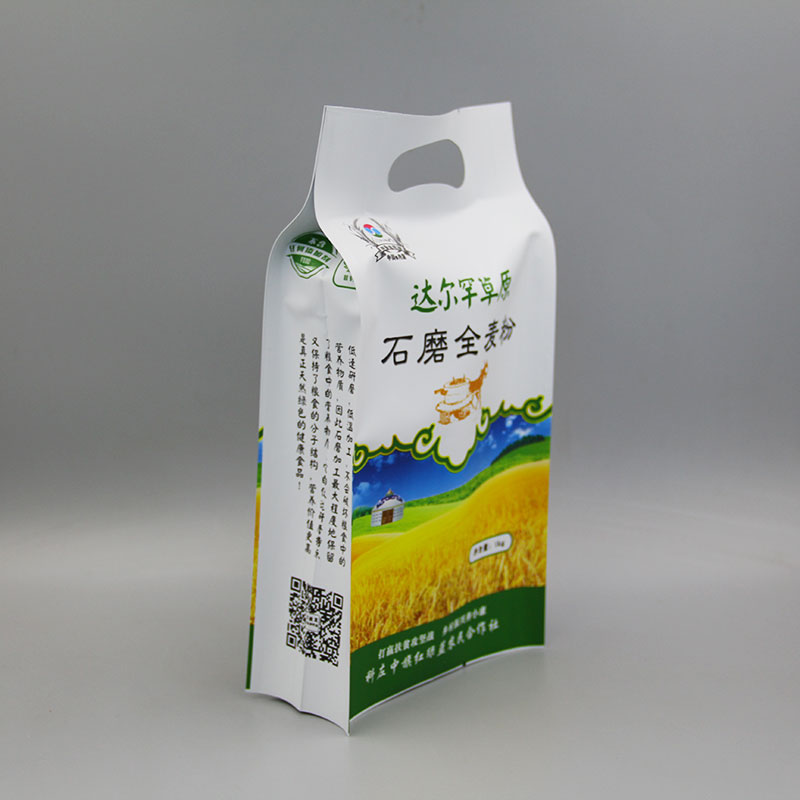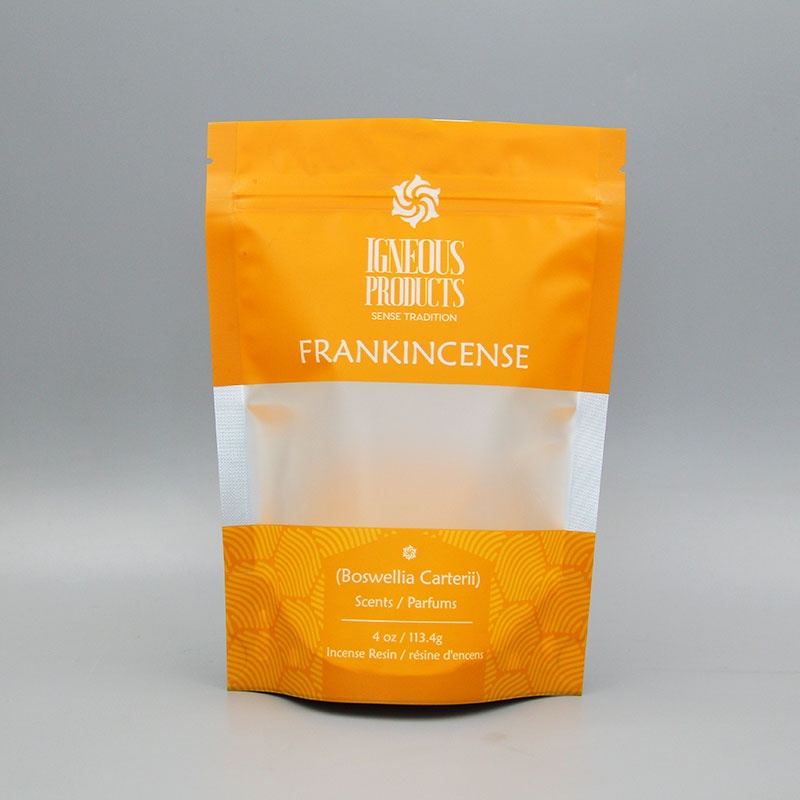When buying flour packaging bags, there are several important factors to consider to ensure you choose the right bags that meet your requirements. Here are some tips to help you make an informed decision:
Packaging Material:
Select bags made from high-quality materials that are suitable for storing flour. Common options include paper, plastic, or a combination of both. Each material has its advantages and disadvantages, so choose based on your specific needs.But please pay attention to the following tips:
Static Electricity
Flour is a fine and dry powder that can easily generate static electricity, which can lead to various issues such as dust explosions, product loss, or packaging damage.So please look for bags that have antistatic properties or coatings. These bags are specifically designed to dissipate static electricity and prevent the buildup of charges on the surface of the bag. Antistatic bags help minimize the risk of sparks and electrostatic discharges.
Along with the choice of bags, it's essential to establish proper handling procedures to minimize the risk of static electricity. This can include grounding personnel, using antistatic mats or flooring in work areas, and implementing measures to control static generation and accumulation.
Strength and Durability
And flour bags should be strong and durable enough to withstand the weight and handling during transportation and storage. Ensure the bags are tear-resistant and have good puncture resistance to prevent leaks or spills.
Moisture Resistance
And Flour is highly susceptible to moisture and humidity. Look for bags that have a moisture-resistant inner lining or coatings to protect the flour from moisture absorption, which can affect its quality.
Regulatory Compliance
Ensure the bags you choose comply with relevant regulatory standards and certifications for food packaging, such as FDA approval or food-grade certifications, to guarantee the bags are safe for storing flour.
Size and Capacity
Consider the quantity of flour you typically handle and choose bags that can accommodate that amount. Common sizes range from 1 kg to 25 kg. Selecting the appropriate size will help with efficient storage and handling.
Closure Mechanism
Bags with proper closure mechanisms, such as heat sealable tops, adhesive strips, or zip locks, help maintain the freshness and prevent the flour from spilling or getting contaminated.
Transparency
Transparent windows or panels on the bags can provide visibility to the product inside, allowing you to easily identify the flour type, quantity, or any signs of spoilage without opening the bag.
Printing and Labeling
If you plan to brand your flour or provide important information, consider bags that offer sufficient space for printing labels, logos, nutritional information, or instructions.
Regulatory Compliance
Ensure the bags you choose comply with relevant regulatory standards and certifications for food packaging, such as FDA approval or food-grade certifications, to guarantee the bags are safe for storing flour.
Packaging bags forms
When it comes to popular packaging bag forms for flour, the following options are commonly used:
- Pillow Bags: Pillow bags, also known as flat bags, are the most basic and widely used form of packaging for flour. They are flat and rectangular in shape, providing a simple and cost-effective solution for packaging. Pillow bags are often made from materials like paper or plastic and can be sealed using heat sealing or adhesive closures.
- Gusseted Bags: Gusseted bags have expandable sides or gussets that allow for increased volume and improved stability when filled with flour. The gussets provide a wider base, enabling the bag to stand upright and stack more efficiently. These bags are often used for larger flour quantities and are available in both paper and plastic materials.
- Block Bottom Bags: Block bottom bags, also referred to as square bottom bags or brick bags, have a flat rectangular bottom and side gussets that provide a square or block-like shape. The block bottom design allows the bag to stand upright on store shelves, providing better visibility and stability. These bags are commonly used for flour packaging and are often made from paper with inner liners or plastic laminations.
- Quad Seal Bags: Quad seal bags, also known as corner-sealed bags, are a more specialized form of packaging. These bags have seals on all four corners, providing enhanced strength and structure. Quad seal bags can accommodate larger flour volumes and are commonly made from laminated materials for improved moisture and barrier properties.
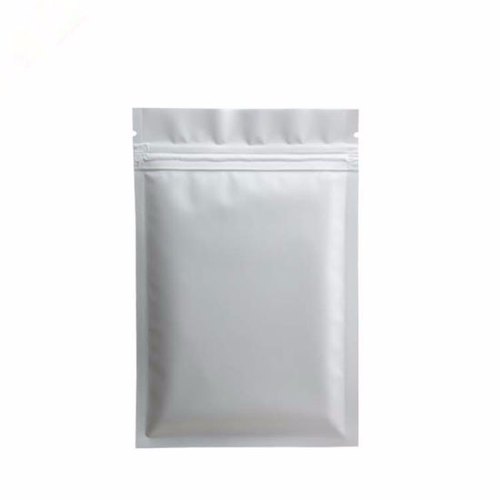
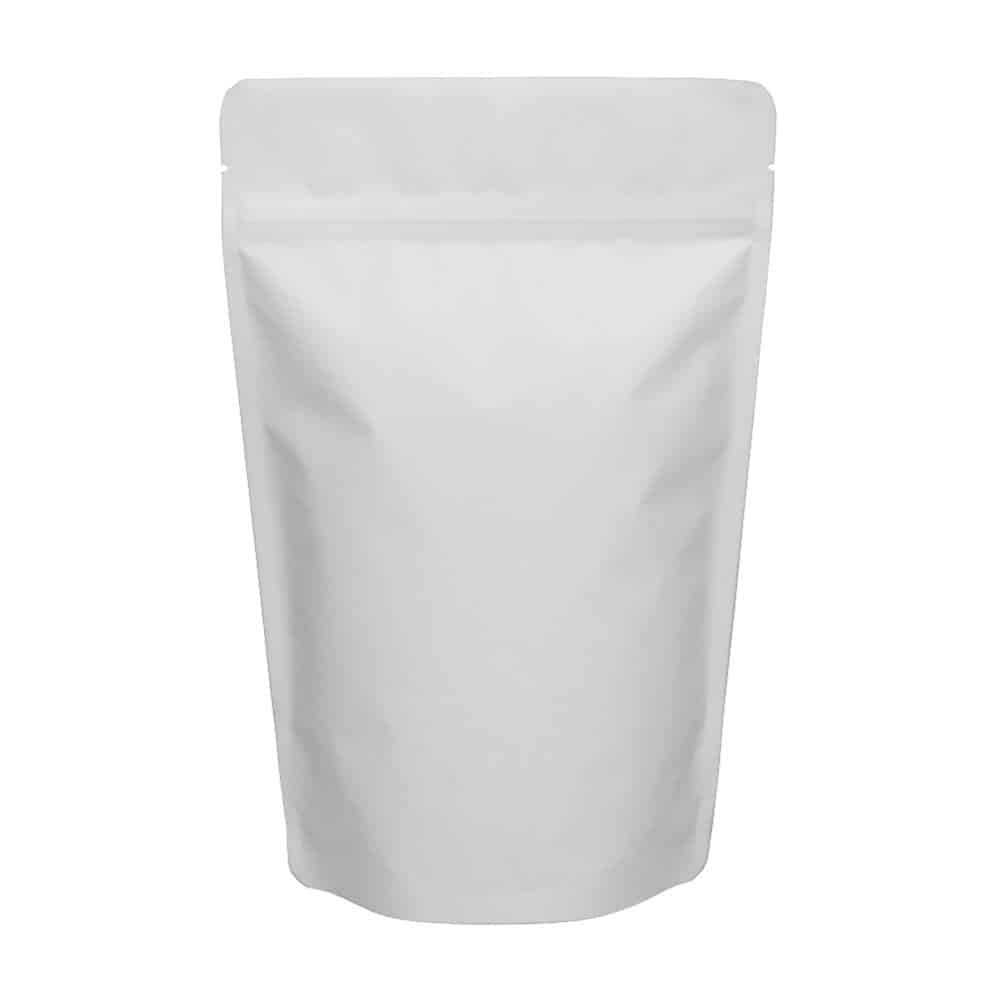
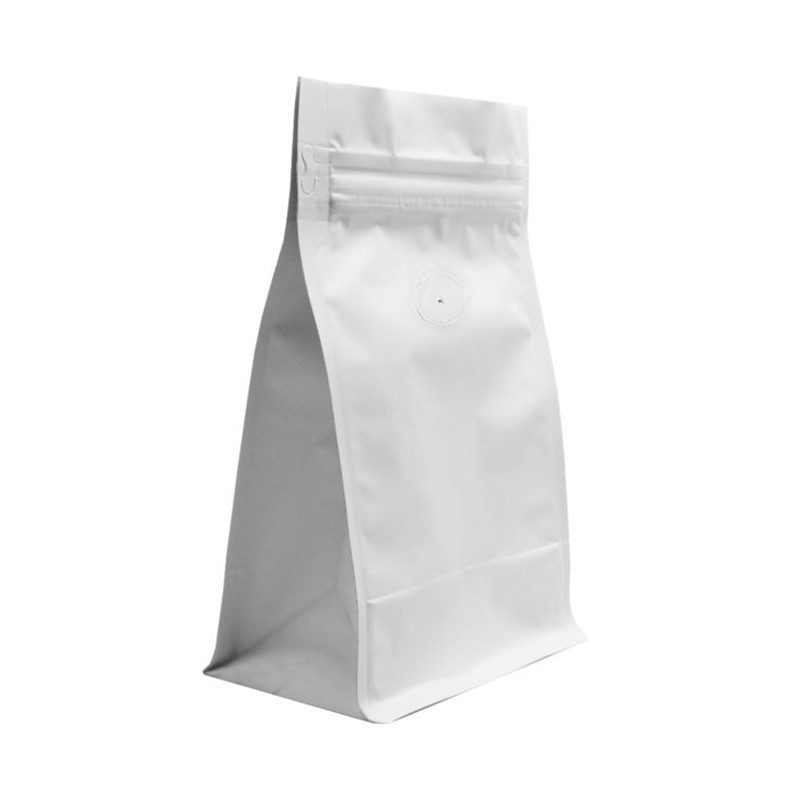
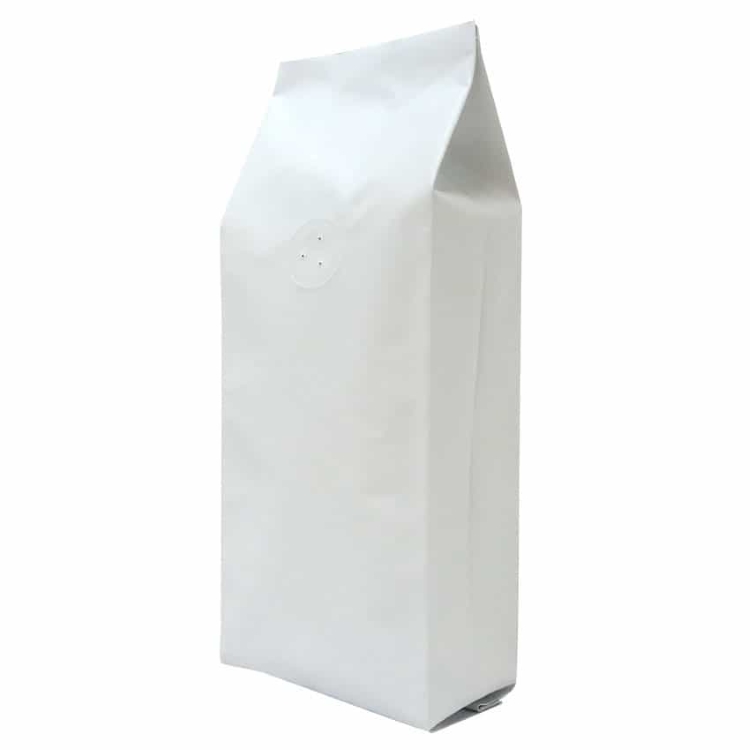
Cost and Supplier
Evaluate the overall cost of the bags, including the price per unit and shipping expenses, while considering the quality and features offered. Additionally, choose a reputable supplier with a track record of providing reliable and high-quality packaging materials.
Beyin packing is a custom packaging bags manfuacturer in China,specilized in producing packaging bags for more than 25 years,we have professional technist and works and sale team which can help you figure out the best packaging solution for your product.
Here are some flour packaging bags samples for your reference:
Post time: Jun-09-2023




